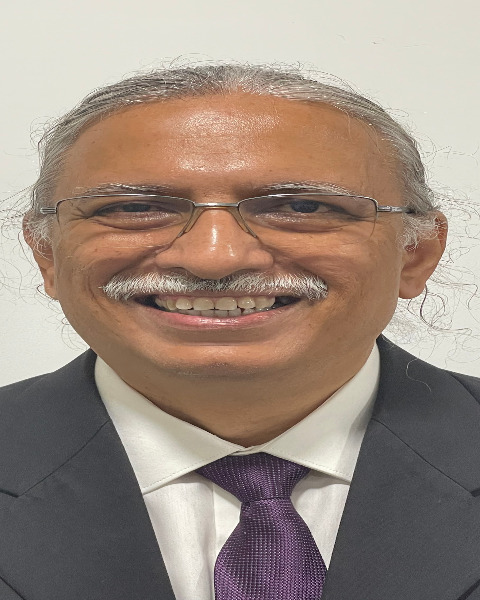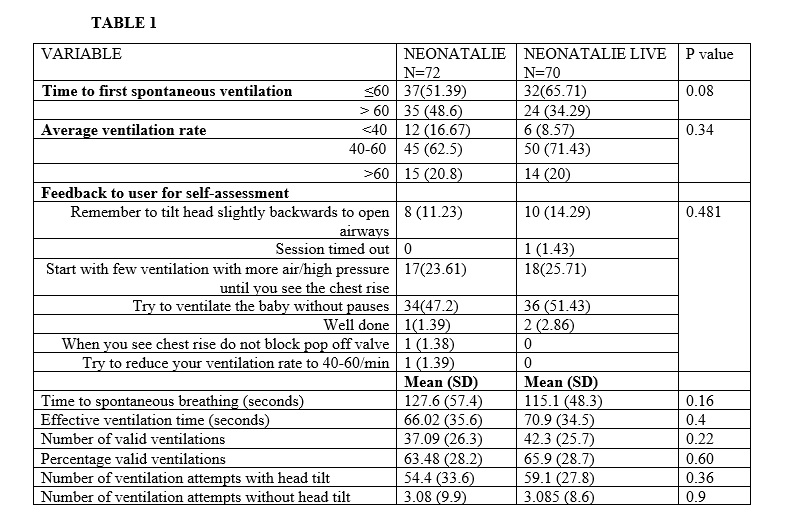Neonatal/Infant Resuscitation
Neonatal/Infant Resuscitation 1
306 - Pressure data from Neonatalie Live Manikin to determine appropriate ventilation during simulation training of undergraduate students in neonatal resuscitation
Publication Number: 306.347

Somashekhar M. Nimbalkar, MD
Professor of Neonatology
Bhaikaka University
Karamsad, Gujarat, India
Presenting Author(s)
Background:
A new manikin Neonatalie Live was developed as a part of the Safer Births project. It has features that allow the instructor to determine the time of starting ventilation, the percentage of valid ventilations, etc. Also, features like the cry of the manikin, breathing efforts, breath sounds, chest rise, etc., can be assessed and recorded. The heart rate reflects the appropriateness of ventilation and shows an immediate change, thus giving real-time feedback to the learner.
Objective:
To evaluate whether undergraduate students trained on different manikins had equivalent ventilation skills on Neoantalie live using bag and mask device was tested using the live data provided by the Neonatalie Live.
Design/Methods:
This is part of an RCT that was conducted with final-year MBBS students as participants. Students were randomly assigned to either the Neonatalie (36 students) or Neonatalie Live (35 students) groups after providing written and informed consent using sequentially sealed opaque envelopes.
The students were evaluated on Neonatalie Live manikin (Case 4) after they had completed their training either on Neonatalie or Neonatalie Live.
Repeat testing was also done on the same students five months later. Data has been combined in the results.
The independent sample t-test was used to determine the significance of a continuous outcome difference. The Chi/exact Fisher's test was used to determine the relationship between categorical variables.
Results:
A total of 142 students (assessed only on Neonatalie Live) before and after 6 months participated in the study and data was generated. The total time to first ventilation, the first golden minute, and the average ventilation rate of 40 to 60 seconds were comparable between the groups (table 1). Total time to spontaneous breathing in seconds did not differ significantly between the Neonatalie and Neonatalie live. [127.6 (57.4) vs. 115.1 (48.3), p=0.16]. Effective ventilation time in seconds, number of valid ventilation, percent valid ventilation, and number of valid ventilation attempts with and without head tilt were all comparable between the Neonatalie and Neonatalie live groups [Table 1]. "Try to ventilate the baby continuously without pauses" was the most common feedback to all users (students) 70 (49.7%). Still, there was no statistical significance between the Neonatalie and Neonatalie live groups [34 (47.2)% vs 36 (51.43%) ].
Conclusion(s):
Undergraduate students trained on either manikin were able to have similar success at the bag and mask ventilation, as evidenced by independent objective data generated from the manikin itself. 
